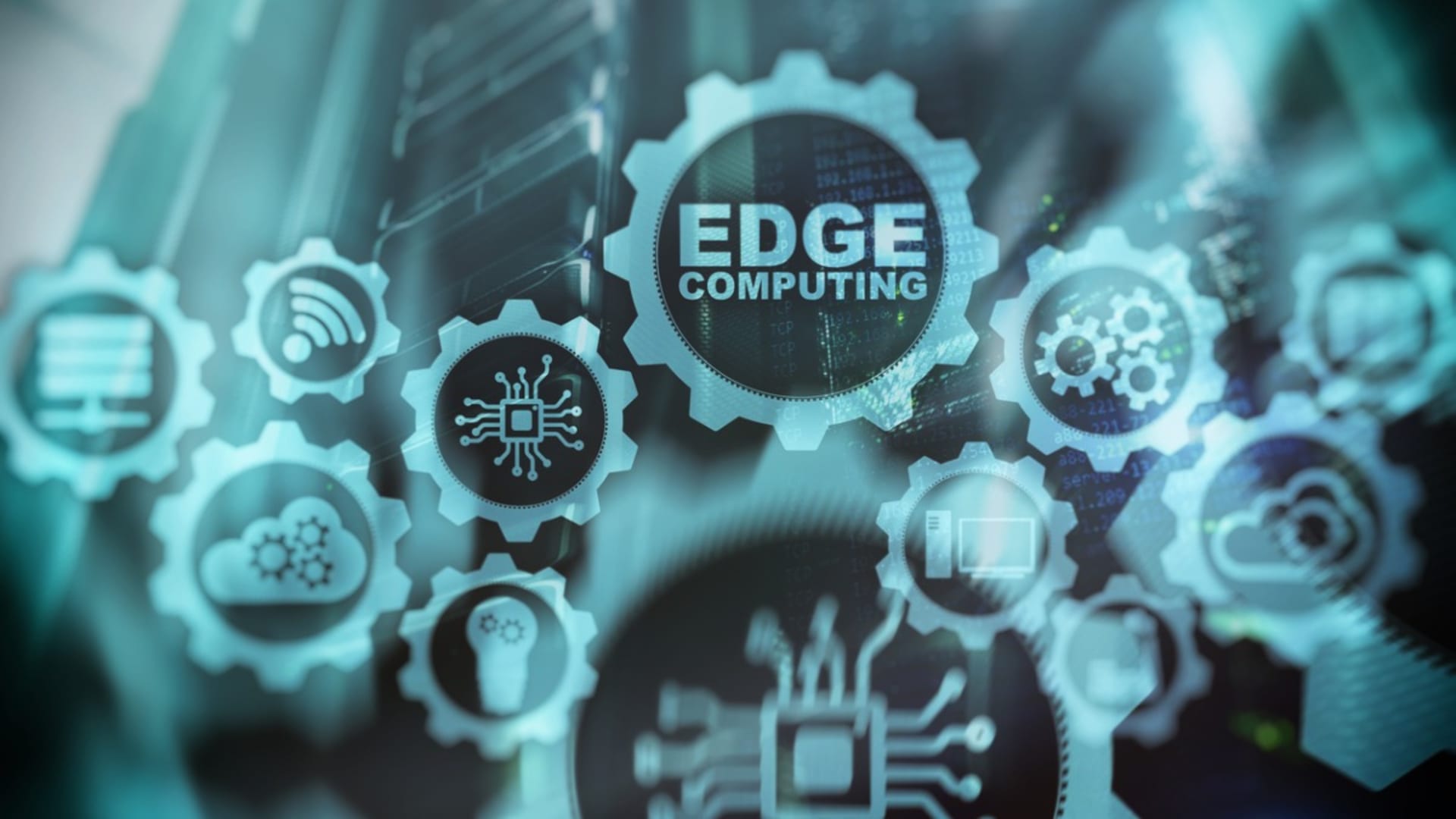Digital acceleration is the process of creating new ways of doing things that propel business growth, productivity, and efficiency to drive innovation, increased revenue, and improved customer experience. Ideally, this kind of change goes beyond initiating digital versions of analog processes and instead introduces entirely novel methods of interaction. Edge computing can provide such transformations in innumerable ways.
For example, healthcare workers can reduce the spread of disease by using edge-processing-enabled sensors to track patients’ vital signs. This approach not only keeps medical professionals healthier. It also reduces the time needed for these low-level tasks, enabling them to spend more time with patients who need critical care.
Here BairesDev explores additional ways in which edge computing can create opportunities for far-reaching business growth.
What Is Edge Computing?
Edge computing is data processing that takes place outside of a centralized data center. This approach is beneficial in that it provides faster actions, reduces the amount of resources needed to operate the central data center, and disables the possibility of a cyberattack on the central data center taking down the entire network.
For example, a business might have security cameras installed to view activity within a store when it’s closed. Rather than sending all recorded video files to a processing center via the cloud, the cameras could have processing units themselves, which examine data and determine which pieces (such as only snippets that include human movement) need to be forwarded for additional processing.
The security cameras in this case are considered to be “on the edge” because they’re performing computing tasks closer to where the data is collected and separated from the main data processing center. The need for edge computing has been driven by ever-increasing amounts of data, the dispersal of connected devices to homes, businesses, and out-of-the-way locations, an increased need for security, and a higher need for greater speed.
As with all technologies, edge computing comes with some risks, including extending the network footprint to include more potential attack vectors, high costs, scalability, and the possibility of data loss. Still, edge computing has potential applications in many industries, including energy and utilities, transportation, healthcare, agriculture, manufacturing, banking, telecommunications, and smart cities.
Support for Industries
At a high level, edge computing can support companies in many industries by reducing the burden on a central processing network. This action saves money, increases the speed of services, and enhances security. How those pieces look for each industry varies based on specific operations and workflow.
Energy and Utilities
Power companies can place sensors and processors on smart grid equipment to monitor the functioning and send only information about items in need of repair or replacement to the central processing network. This approach can enable utilities to save money and pass those savings on to customers.
Transportation
Self-driving vehicles can use sensors and processors to get immediate feedback about critical traffic conditions and situations. Such actions can increase the safety of passengers, as well as pedestrians and those in surrounding vehicles.
Healthcare
As noted above, sensors can be used to detect vital signs in patients, leaving medical professionals more time to spend with patients in need of more intensive care. Additionally, mobile applications can be used in conjunction with sensors to monitor patient data between office visits and send any critical information quickly to doctors.
Agriculture
Sensors and processors in the soil can monitor conditions there, alerting farmers when water and nutrition are needed, or when crops are ready for harvest. Because things like fertilizer are only used when necessary, these measures can save farms money, increase their efficiency, and enable them to earn more revenue and increase their yields.
Manufacturing
Sensors and processors can be used with inventory to automatically track when supplies or products need to be replenished. They can also help with equipment maintenance, similar to the process used for energy and utilities, described above.
Banking
Banks use surveillance video equipment heavily. With edge computing, only relevant footage can be detected and sent to the central processing network, eliminating the need for humans to review it all and saving data costs by lessening the processing burden.
Telecommunications
With edge computing technology, telecommunications providers can proactively identify and resolve outages, or even prevent them in the first place. As other technologies like 5G evolve, this ability will become even more important in keeping customers able to use their networks at all times.
Smart Cities
Smart city technology involves widespread sensors in buildings, public areas, lighting, roads, and more. Sensors and processors can be used to filter data instead of having the information from all those sources go through a central processor, which slows down the flow for all.
Could Edge Computing Benefit Your Company?
It’s easy to think you should move toward technologies just because they’re the “next big thing,” but any given one may or may not be right for your operational infrastructure. Here are a few signs your business could benefit from edge computing:
• Your computing ecosystem includes many devices in use a long distance from the central computing network.
• Users of those devices, including customers or employees, require faster response times.
• You have sensitive data that must be protected.
• You incorporate IoT functionality in your workflow.
• You need to reduce the burden on your central processing network.
• You want to improve cybersecurity.
Digital acceleration may mean different things to different companies and those that incorporate edge computing technology can look forward to numerous benefits to support it.







